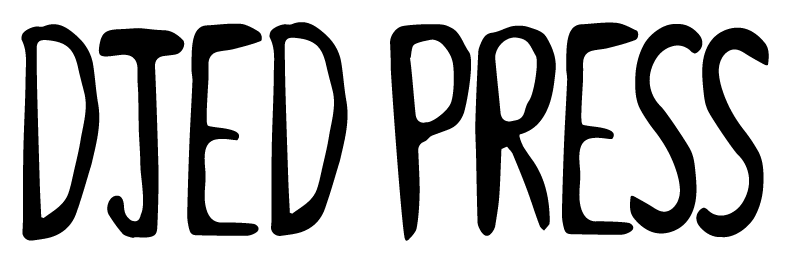He asked me, why my colours don’t shine as brightly as hers.
Hers arched over valleys, cascaded across cities,
mine fragmented in specks under UV lights in dimly lit bars.
I told him, that no two people could stand in the exact same spot, and see the exact same spectrum of colour at any given time.
You can never see all the colours and mine don’t shine that brightly.
Between the yellows and caramels, I guess you only see pastel.
But I wear a blue that turns to black.
I wear a heart that bleeds the red of slaughter.
A sadness left behind in the wreckage of conqueror and coloniser.
A vintage shade of blue
passed down from my mother her mother and her mother.
A blue of languages lost and left unspoken.
The red of a heart that longs for a home that renders me homeless.
She parades her colours,
we store ours away,
like secrets swept under rugs,
skeletons in closets.
So it’s no secret you find me living in Narnia.
When I wore a technicolour coat they thought to be biblical,
not quite political,
the lines
of my bisexuality
lost within their reality.
They thought it was an ode to Joseph.
When I wore my lover’s combat boots
and her flannelette shirt,
my mother’s face filled with a half-smile.
Her heart filled with pride.
But not the pride I’d define
with that upside-down rainbow.
She saw my colours differently.
I reminded her of rice fields
I reminded her of farming yields.
I reminded her of home.
She saw my colours differently.
I wore glitter in my brows,
But she saw this as sweat trickling down my face
She saw them as stars twinkling against night skies,
A black cascade that speckled with the constellations she had dreamed upon
before she came here.
My mother wears polarised sunglasses and my rainbow disappears
She cannot see my queer.
Call it a moonbow.
Call it specks of pastels under UV lights, laced with my mother’s yellow and my father’s caramel.
Call it our shades of blue, arched into a frown.
Call it whatever comes after rain.
Call it what doesn’t come out at midday.
Call it what arched behind fur coats, and A-line skirts.
Call it colours in closets.
About the author
Charlotte Laurasia Raymond is learning that there is no set way to be a woman of colour. Graced with Filipino, Sri Lankan roots, Charlotte seeks to understand the experience of people who have never felt ‘ethnic enough’. She uses her writing to explore her experience as a first-generation immigrant and the layers of her life that interweave into her identity.



